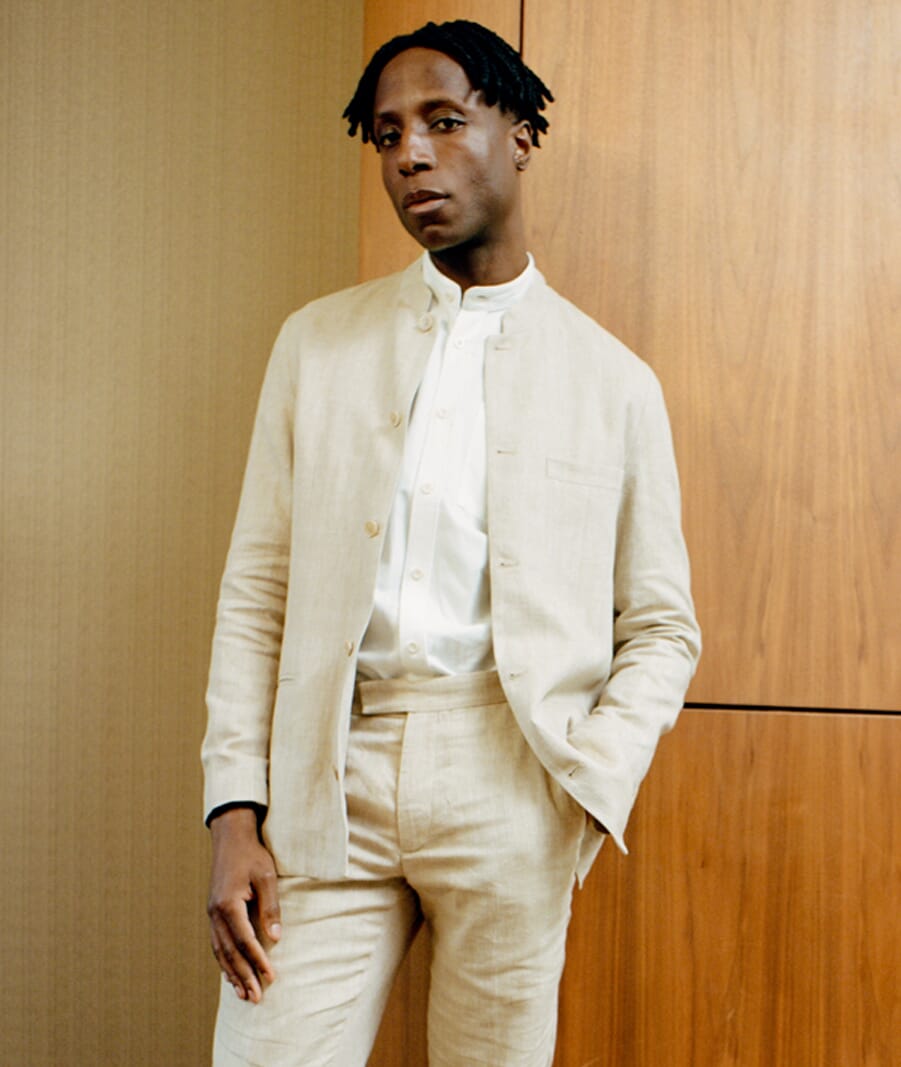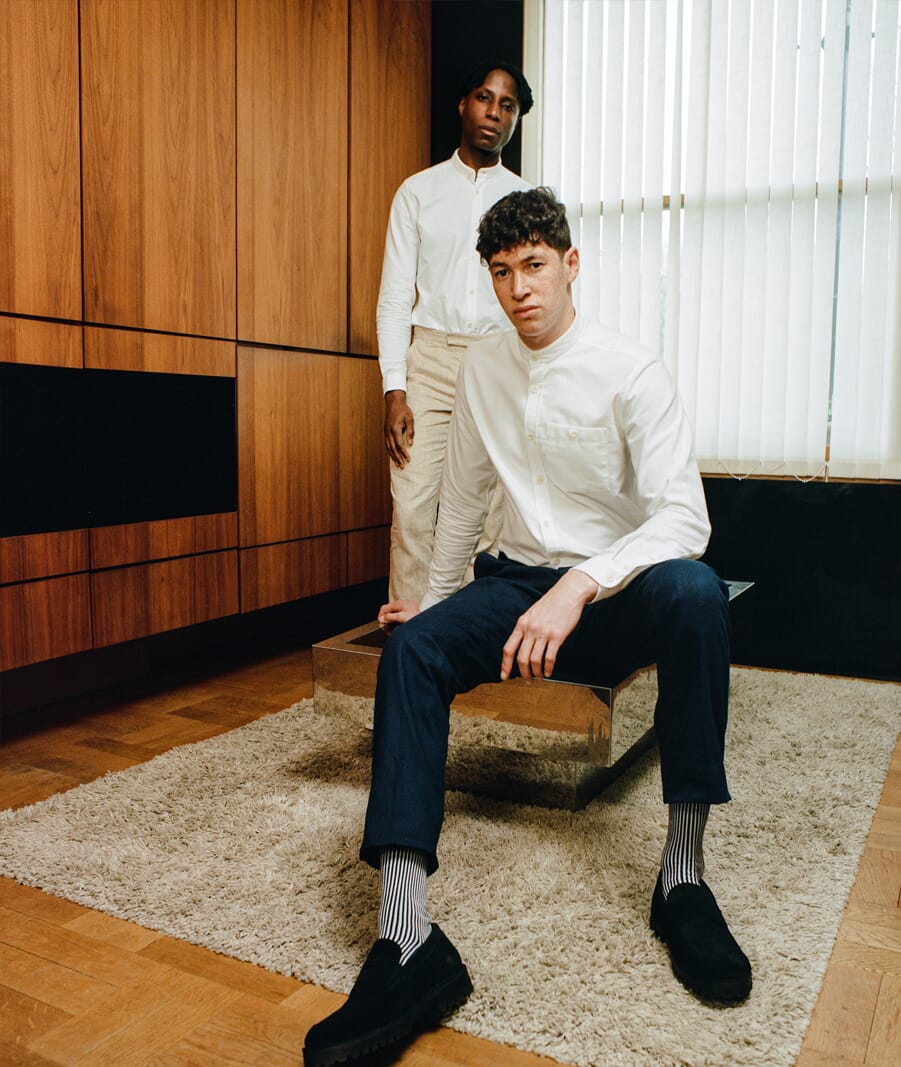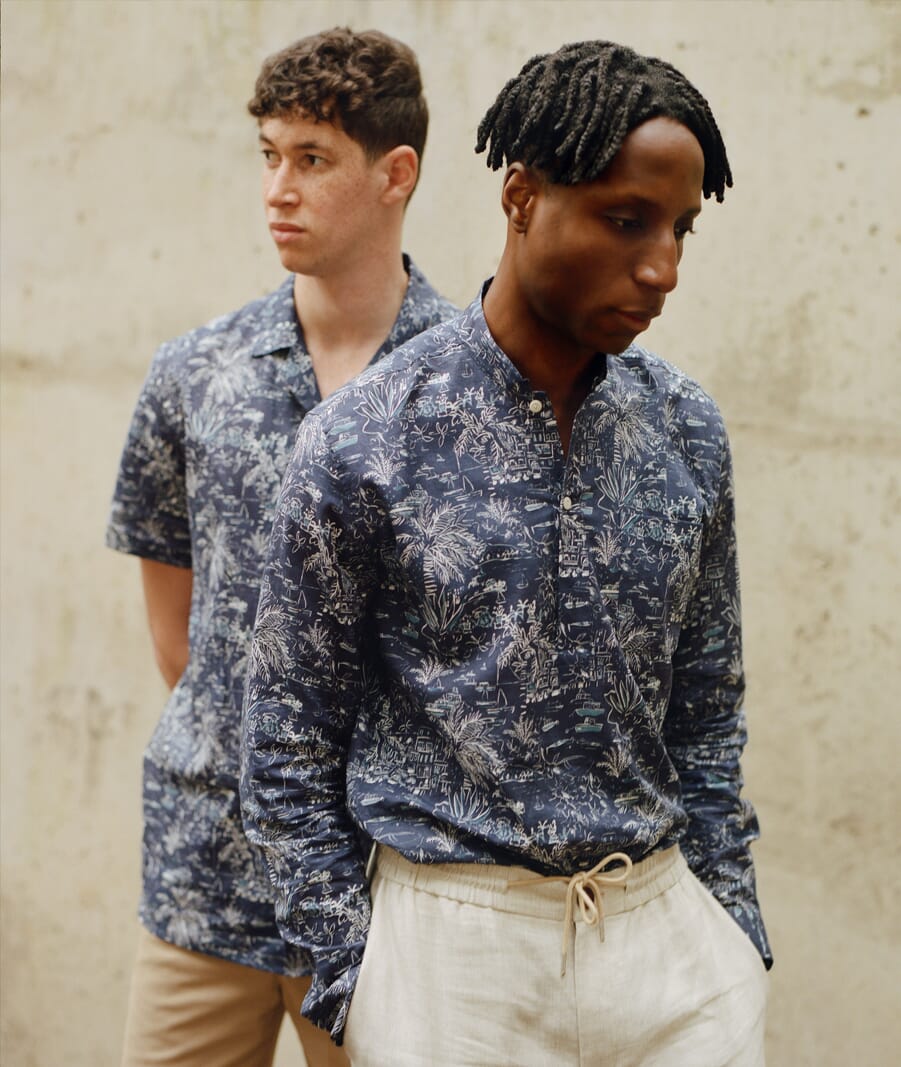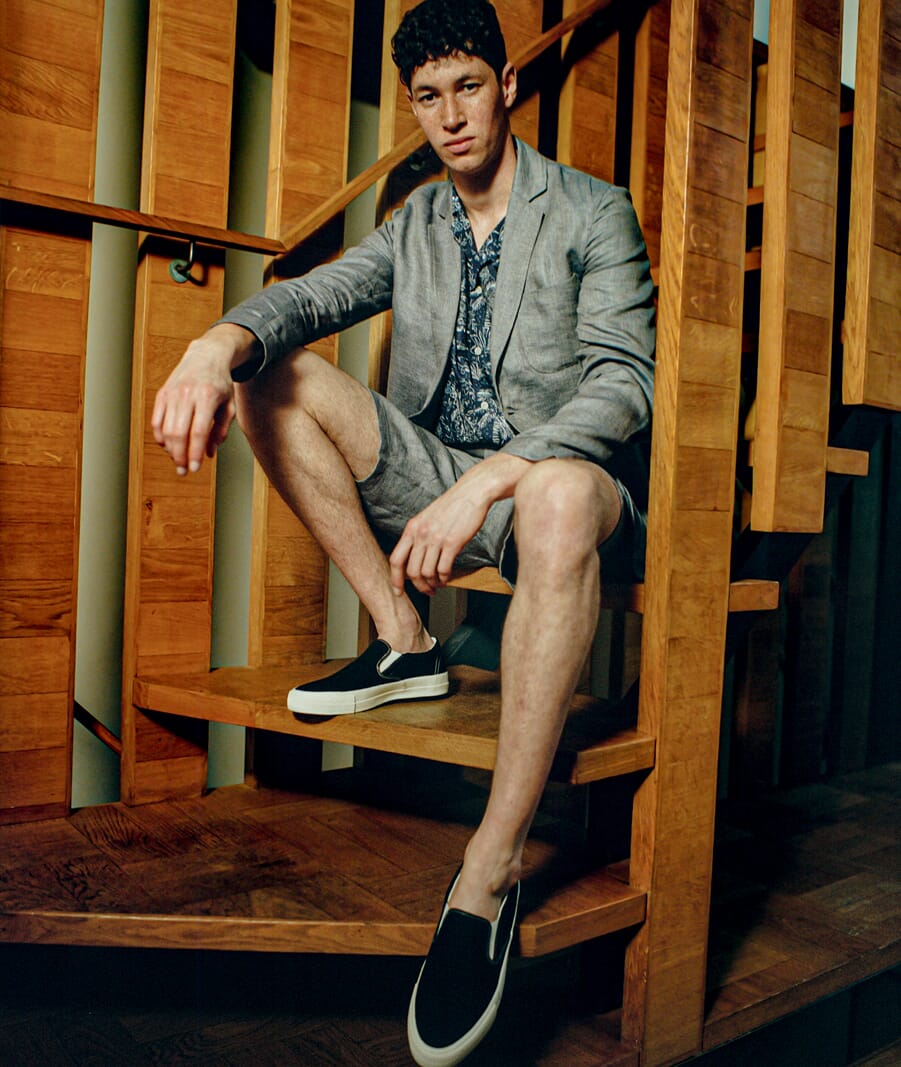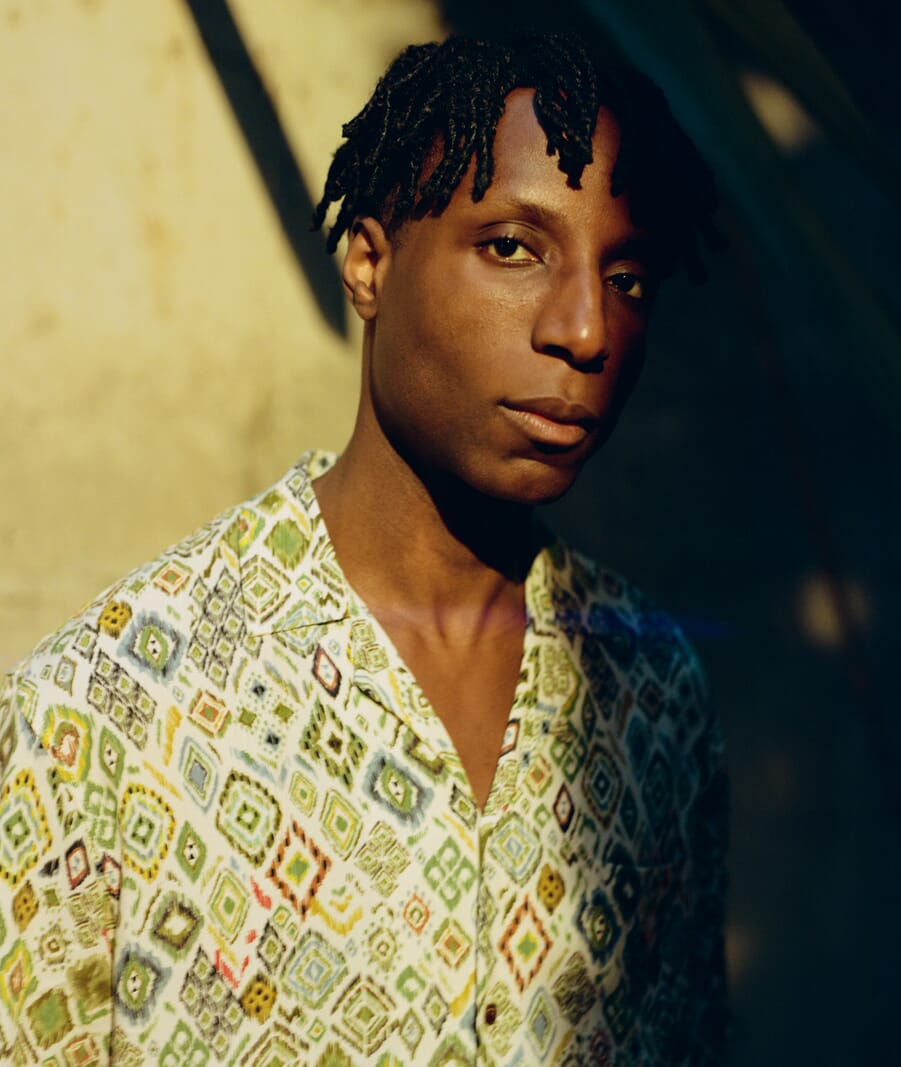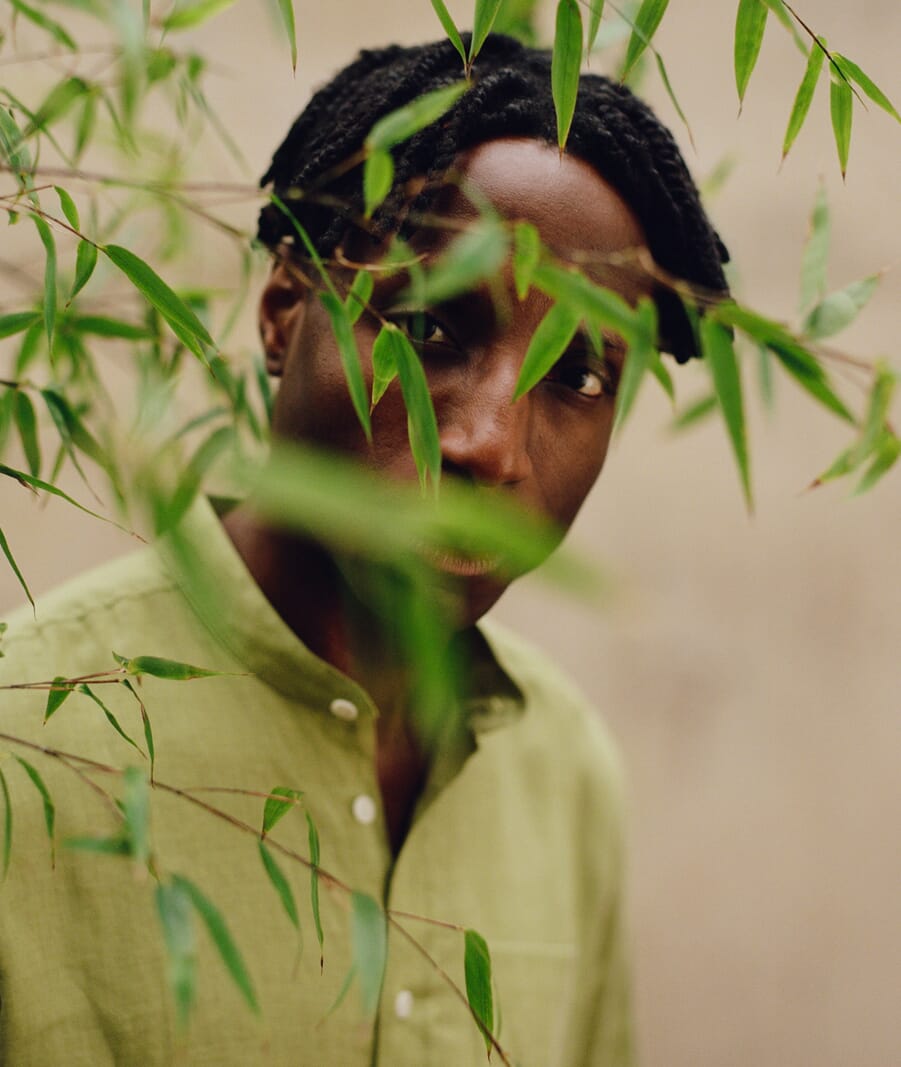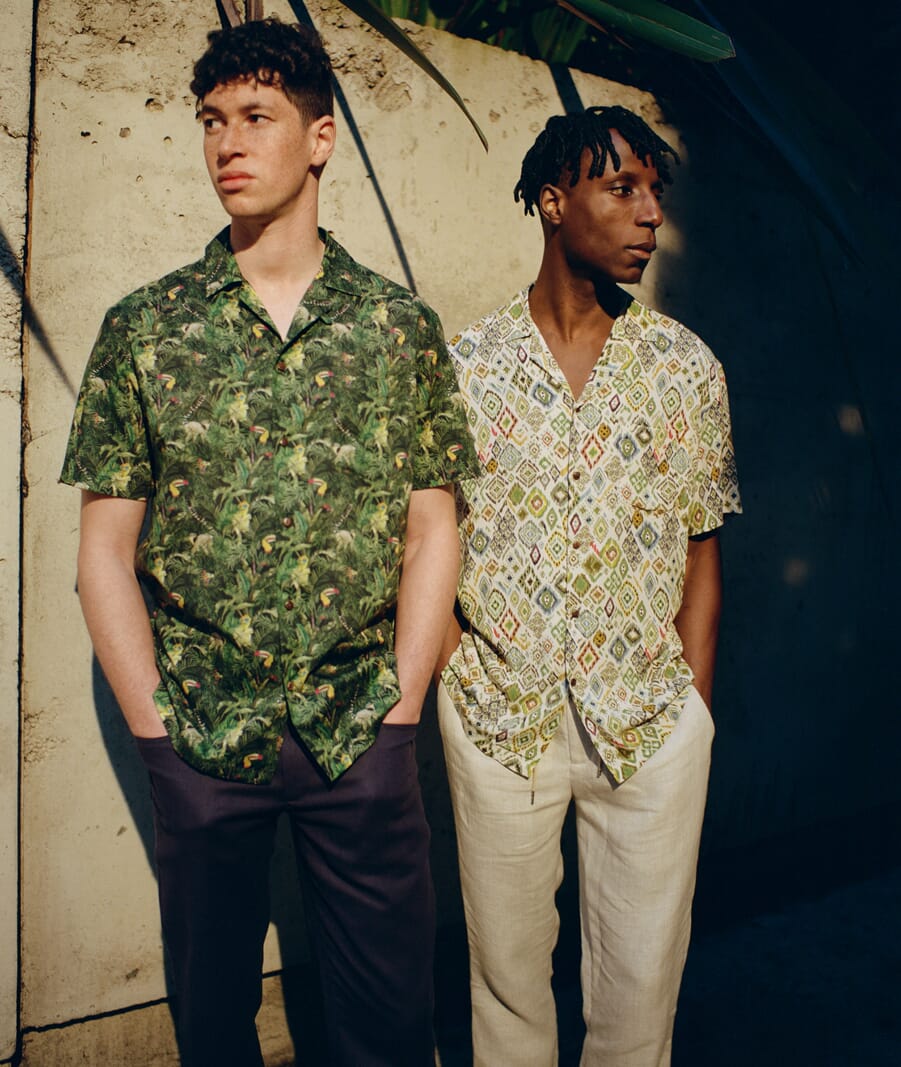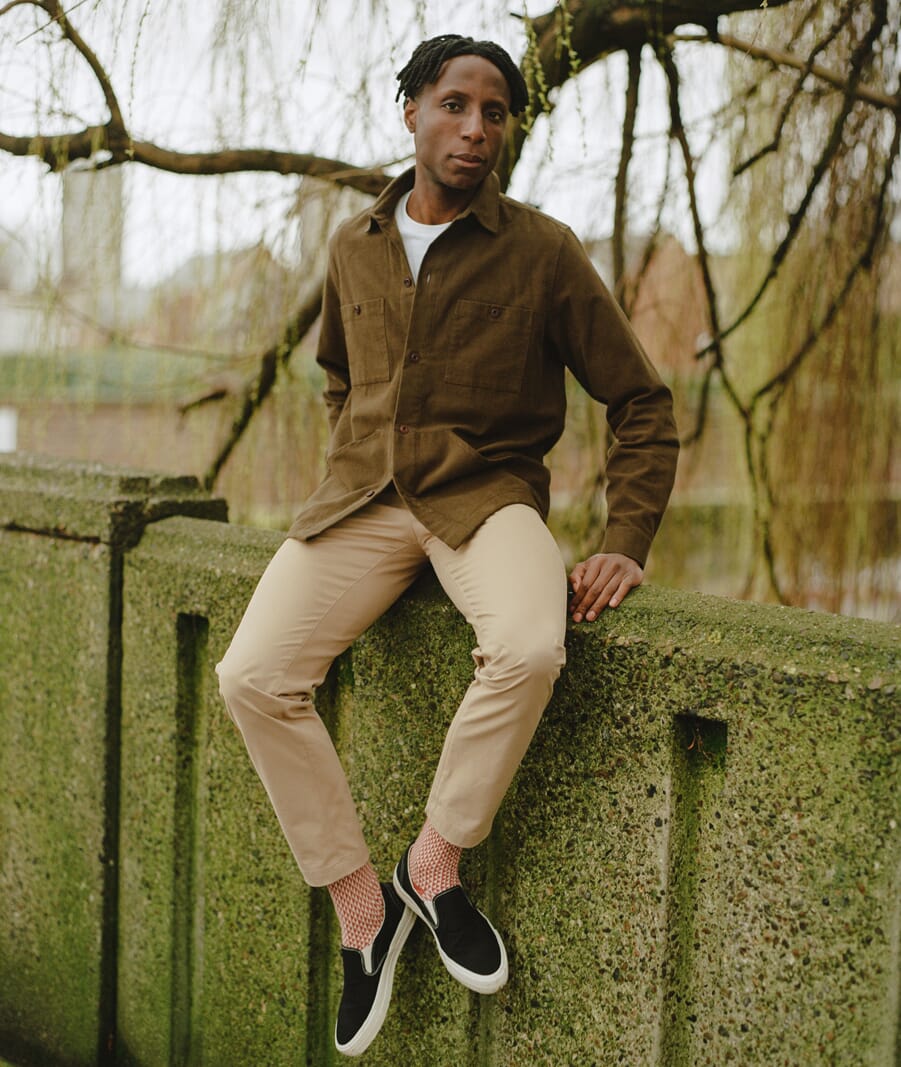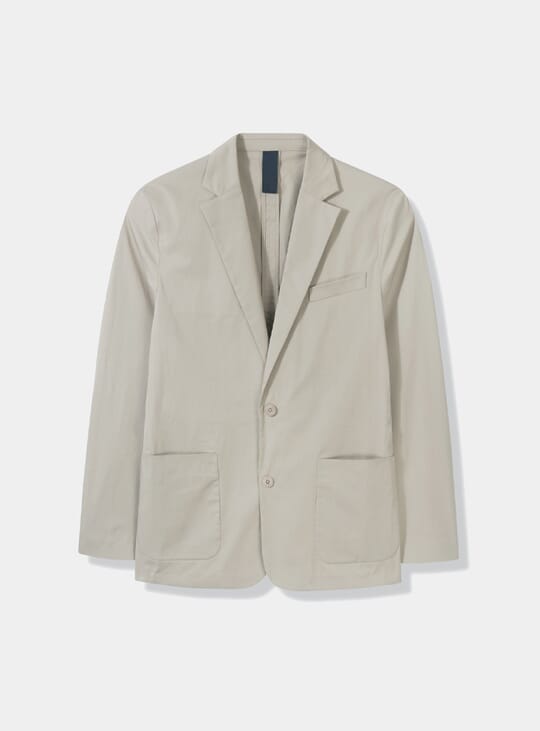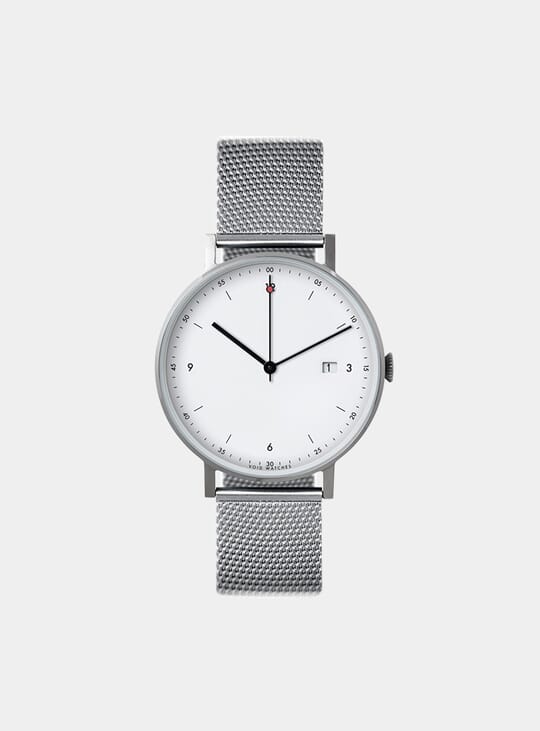SIRPLUS has come a long way in the past ten years – from its humble beginnings as a market stall selling upcycled boxer shorts to a fully-fledged menswear brand offering all manner of functional, sustainably made wardrobe staples. Guiding the brand every step of the way has been its founder Henry Hales, an innovative entrepreneur with an eye for good design.
We caught up with Henry to learn about the origins of SIRPLUS and how it has evolved into the successful brand it is today, all whilst staying true to its roots.
How and why did SIRPLUS come to be?
I originally thought there was a gap in the market for very well-made men’s boxer shorts. I wanted them to have crazy, cool prints on them. But when I started doing my research, I realised that to engrave on screens to make prints, you had to order very high quantities, which made it unviable. But what I learnt was that there’s a lot of surplus wastage in the fashion cycle and I could start to buy surplus fabrics from tailors and shirtmakers and make them into boxer shorts.
At first, I thought it would just be boxer shorts and other small things we could make with surplus fabrics and then it evolved bit by bit, just selling at the markets originally – Portobello Road, Spitalfields Market, Cabbages and Frocks in Marylebone. I’d go and set up my stall and trade for the day. It seems like a long time ago, well it was a long time ago – it was ten years ago, when I left uni. Bit by bit we started growing, adding new pieces. And now boxer shorts are an important part but they’re a fraction of what we’re selling.
How would you describe the SIRPLUS aesthetic?
I would say it’s for men who look great but don’t look like they spend a lot of time doing so. So it’s well-made, relaxed, quality items with an interesting story.
Is there a certain type of man you envision as the ultimate SIRPLUS customer?
I like to think that it’s somebody in a workshop, building the nicest table. Or some kind of florist or gardener, like Monty Don – someone that most fashion people wouldn’t be like “This guy’s dope”. They shouldn’t be some kind of sneakerhead – not that I have anything against sneakerheads, I like a nice pair of trainers – but it’s more just about someone who looks casually interesting and cool and cares for the way their clothes are made, someone who’s just after a good looking garment.
SIRPLUS’ roots are in sustainability and upcycling. To what extent does the brand still adhere to these values?
They sit alongside the aesthetic and the look and the imagery. That’s what people are buying into and the fact that it’s sustainable they also really care about. So I think it’s very important and if I were to portion it I would say it’s in the top three – first is the look, style and fit, secondly it’s the service and store experience and third would be the supply chain and within that sustainability.
What have been the highlights of the journey so far?
Opening the first shop on Portobello was a massive highlight. It was right next to where our stall was. I did the market for seven or eight years and most of the time I was in this three-metre squared section next to Golbourne Road. It was often very cold and you’d get to know the regulars really well, they’d come and buy a pair of socks because they felt sorry for you or whatever. And I saw this guy lifting a roller shutter, which I thought was a garage just next to where I was trading. I asked what it was and he said, "It's a shop, I own it, but I haven’t done anything with it" and I was like, “Why not?” and he said, “Oh I just couldn’t be bothered because all the tenants I found just messed me around." I asked how much he wanted for it, he gave me a figure and I said "Great, I'll take it".
It was very strange; I wasn’t looking for a shop and then got one. That elevated the brand, it meant that people were able to try stuff on and it formed the foundations for us to move. I moved the warehouse team over from a railway arch in Bethnal Green to the basement of the shop and opened a few others. I’m quite proud actually because there are lots of menswear brands but there aren’t that many smaller boutique menswear brands that have bricks and mortar stores.
And the main challenges?
Probably initially finances. With a stock-heavy business, trying to finance it is a nightmare, but the bigger you grow the better it gets. You build trust with the factories. Also, when you start up, people aren’t desperate to work with you, you have to fit other people’s production cycles, you don’t get good turns, it’s difficult. But after you’ve built up a following and you get orders, people start to take notice and work harder for you.
Have you learnt any important lessons that you’d pass on to someone wanting to launch a fashion label?
Physical retail isn’t dead. Online is important but don’t neglect physical and see if you can start a pop up or do some fairs to get a following.
What are your three go-to SIRPLUS staples?
We started making the woven boxer shorts and that was our bread and butter but recently I started wearing the jerseys and it’s been revolutionary, so I’m enjoying wearing those. I’m also always wearing this quilted puffer jacket made from recycled bottles, it’s easy to throw on. And I’m always wearing a grandad shirt. Right now I’m head-to-toe SIRPLUS except for my shoes.
What’s next on the cards for SIRPLUS?
Product-wise, we’ve got some really cool Cuban shirts that we’re making, we’re making a lot more jersey – more casual wear, tracksuit bottoms, and we’re currently working on autumn/winter so this puffer jacket, we’re doing some far bigger ones, really nice and warm. It's all stuff that we're always doing but we're changing it and making it better. We’ve also got a new shop; we've already got one in Marylebone so we're moving down the road. We have our 10 year anniversary to mark as a milestone for the brand and of course we are still focusing on what we do best – printed boxers.
Shop the SIRPLUS collection at OPUMO.

